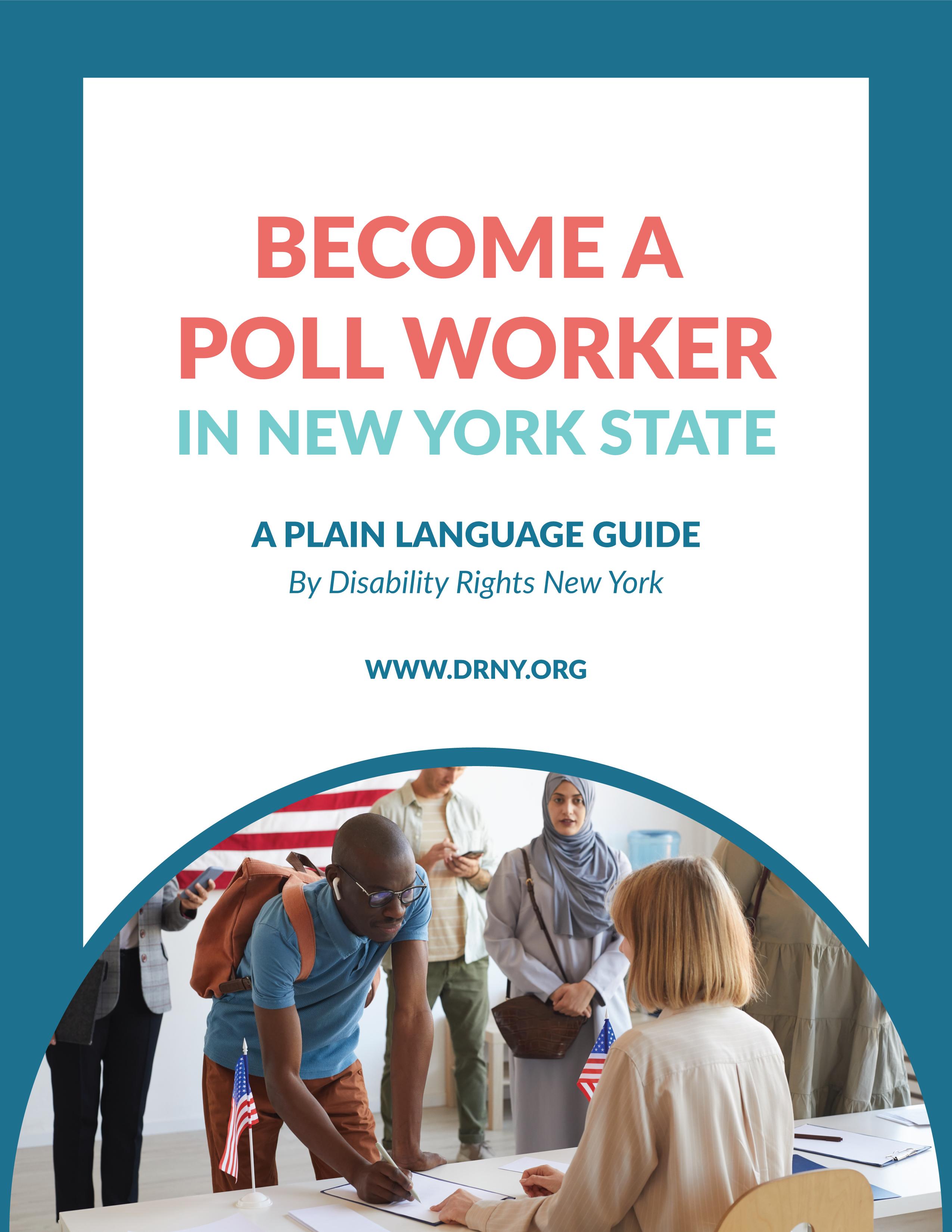

Hello Voter!

Disability Rights New York is happy you are taking the first step in becoming a poll worker in your community. This guide will tell you what a poll worker is, what they do, and how you can apply to be a poll worker in New York State.
Poll workers play an important role during elections and the impact of their work is felt across your community, state, and country. We hope to see you as a poll worker during the next election!
Who Are Poll Workers and What Do They Do?

Poll workers make sure elections are safe, accurate, and efficient. A poll worker is someone who assists on Election Day and during Early Voting in many ways, including:
Opening and closing their assigned poll site
Setting up equipment at the poll site
Checking voters in and giving voters their ballots
Making sure voters are able to vote privately and independently
Communicating with the County Board of Elections Office
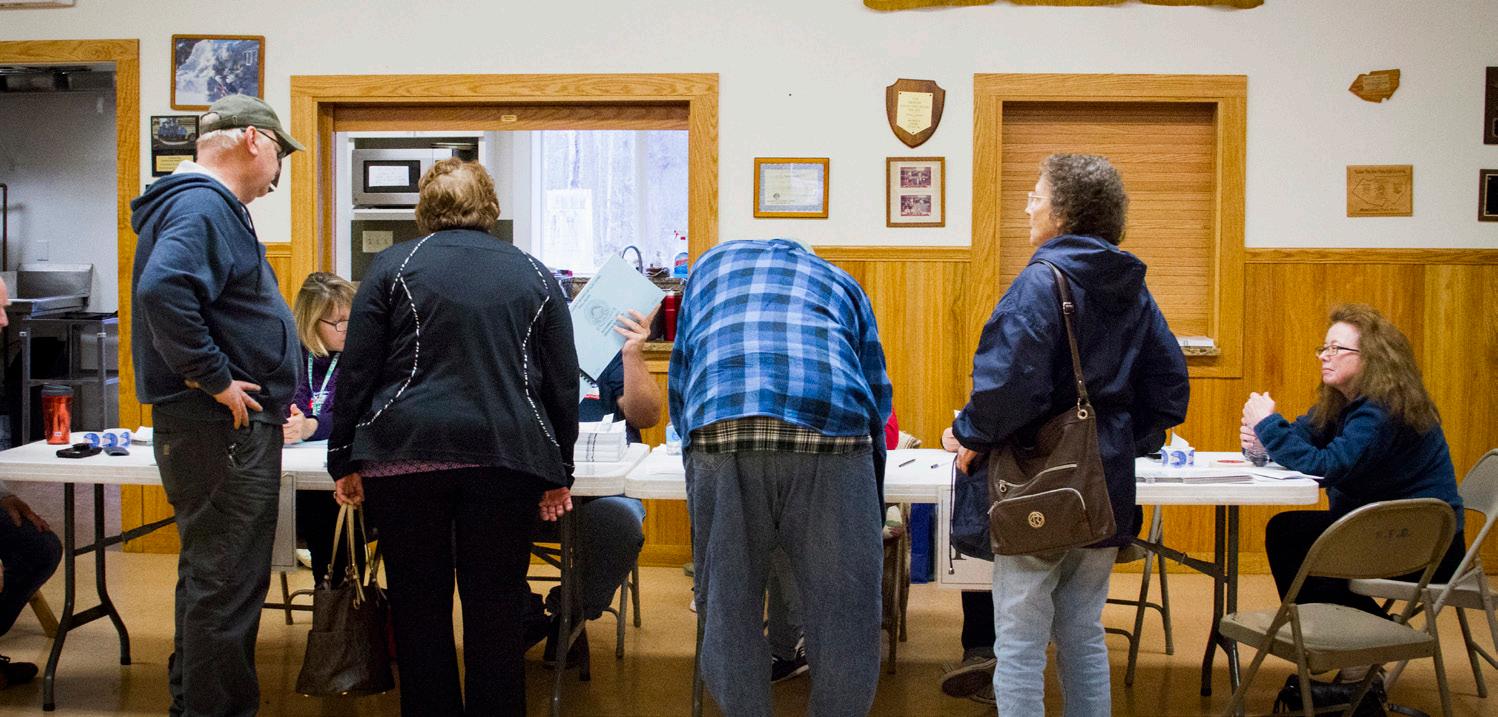
Poll workers are not volunteers. They are paid to take training classes, work during Early Voting, and work on Election Day.
How to Apply to Become a Poll Worker:
1 You must be a registered voter in your community..
You can check your voter registration status online at https:// voterlookup.elections.ny.gov/ or you can contact your County Board of Elections Office (CBOE).
2 Fill out a poll worker application with your CBOE..
Voters in NYC can begin the application process here: https:// nyc.electiondayworker.com/
Voters outside of NYC can begin the application process here: https:// elections.ny.gov/form/become-apoll-worker
If you do not hear back about your application, you can follow up with your CBOE. If you are not able to submit your application online, you can call your CBOE to see how you can apply in person or by mail.
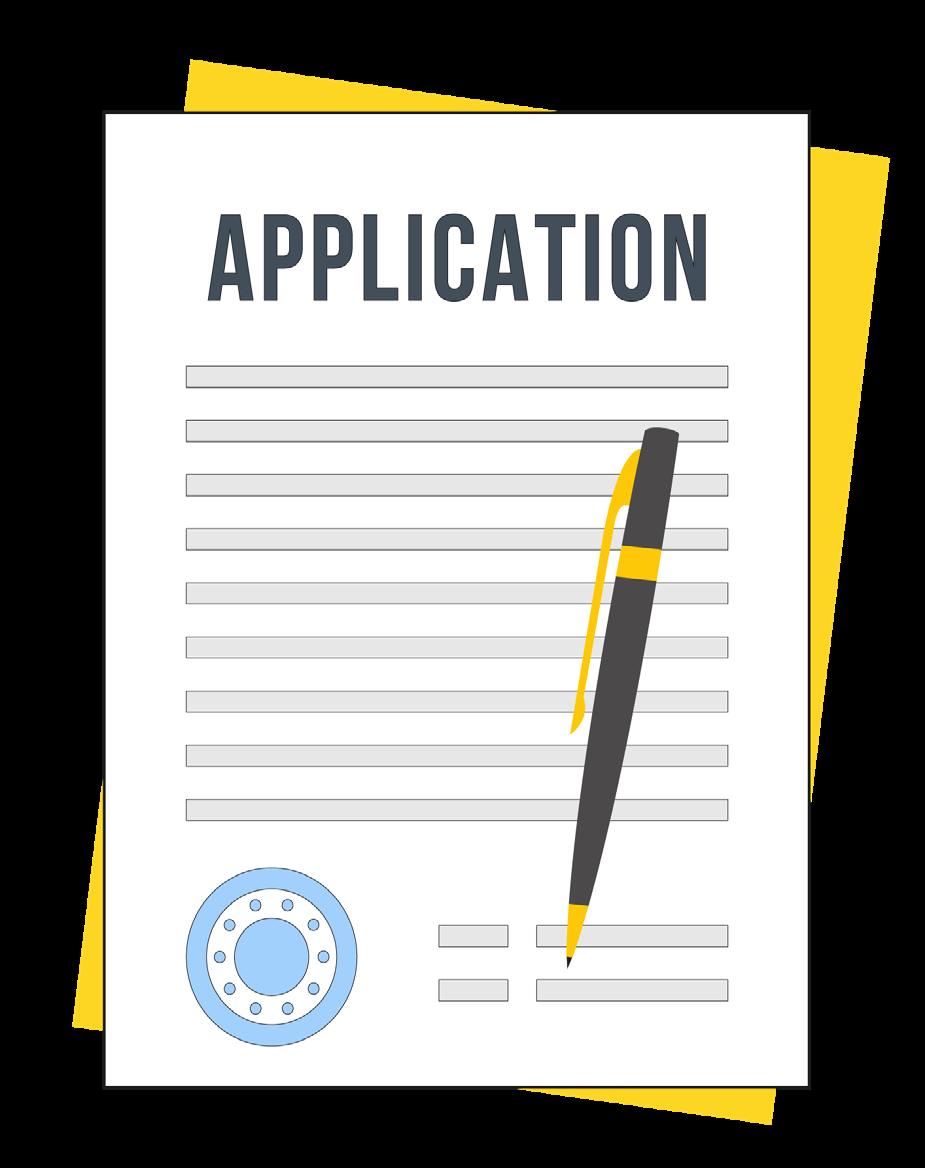
3 Complete Poll Worker Training..
Before the election, poll workers need to be trained about their job at the polls. You may be able to to complete part of your training online. The training will teach you how to set up and close a poll site, sign in voters, and other important election work. You may receive training on how to ensure a poll site is accessible for people with disabilities.
If you have a disability and you need an accommodation to apply, get trained, or do your job as a poll worker, you can request a reasonable accommodation from the CBOE. You need to first talk to the CBOE employee who manages poll workers. The accommodations you can receive will depend on your disability, your needs, and your job duties as a poll worker. It is important that you are comfortable explaining your disability-related needs so you can receive the most effective reasonable accommodation.
Poll workers with disabilities may be able to use personal knowledge to improve disability access at the poll site where they are working. For example, a poll worker who uses a wheelchair can point out barriers to accessibility at a poll site that the CBOE or poll workers can fix before or during Early Voting and Election Day.
You can find more information about requesting a reasonable accommodation here: https://www.dropbox.com/scl/fi/ wfqmznnxuklucz1nh0ddz/Reasonable-accommodation-employment.
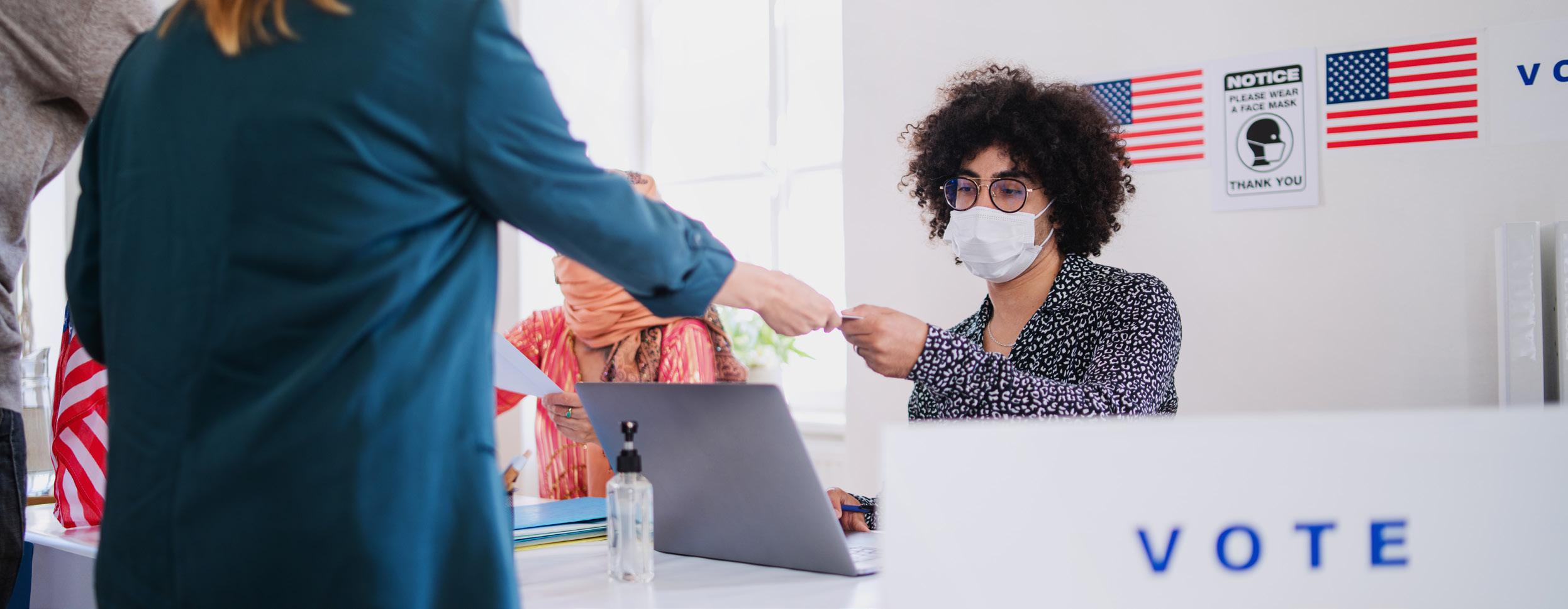
What to Expect
During P oll W orker T raining .

Poll worker training will teach you how to open and close a poll site, and all tasks necessary to make early voting and Election Day run smoothly. The training will give step-by step instructions about how to set up equipment, how to sign voters in using a poll book, and an overview of election procedures. The instructors will discuss the types of equipment and how it works.
Poll worker training is typically 2-3 hours with a multiple choice exam at the end. The poll worker booklet given at the beginning of the training will help you with your exam questions. It is important to ask as many questions as you need during training and before the election, especially if you have questions about the voting equipment and how to set up an accessible poll site.
You will work with a group of poll workers so you will not have to do everything by yourself. Depending on the size of your county, there may be anywhere from 3-10 poll workers assigned to each poll site.
Reflecting on your personal experience as a voter can help you get the most out of your poll worker training.
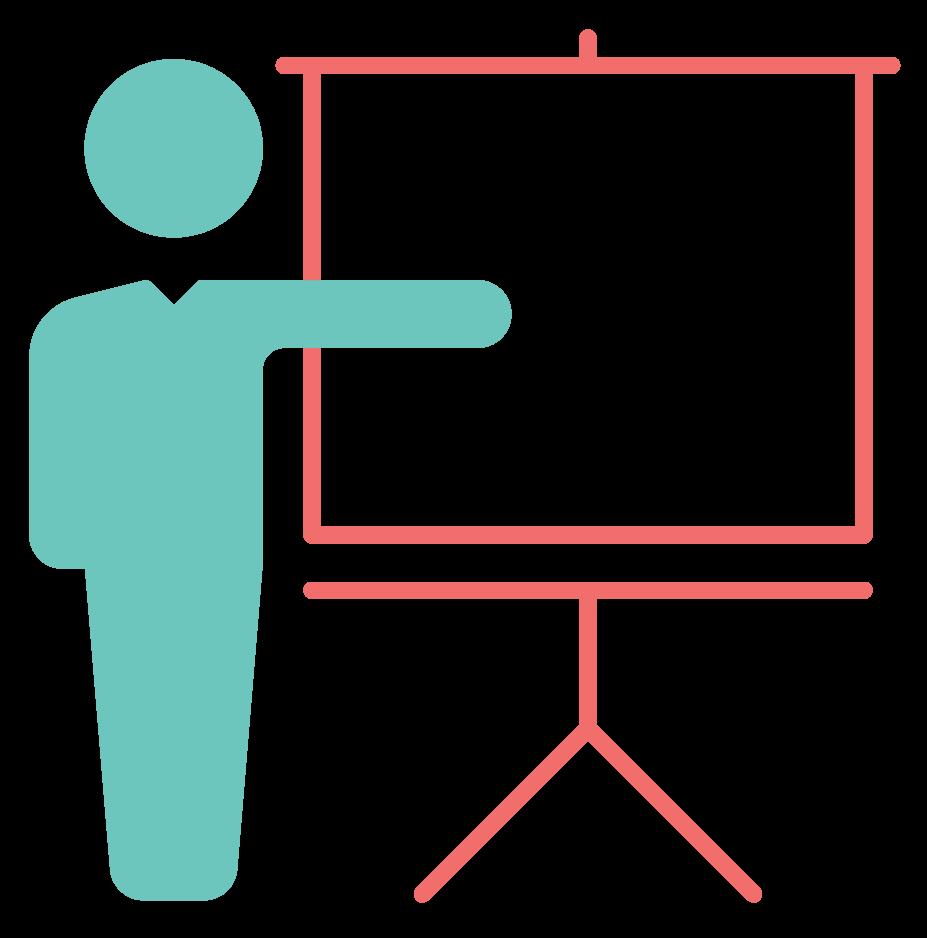
Removing Barriers from a Poll Site:

As a poll worker, you have the power to make your poll site more accessible for your community. During the election, it is important to look for barriers in the following areas:
Parking/Exterior Path of Travel:
You can create temporary accessible parking spaces by posting signage from the parking area to the entrance. Cones and signage can be used to create access aisles if there are no permanent accessible parking spaces. The CBOE should supply each poll site with these items.
Interior Path of Travel:
This path leads a voter from the entrance of the poll site to the voting area. Look for objects that are sticking out on the walls such as water fountains, floating shelving, and fire extinguishers. Place a detectible warning under the object such as a cone, to make it easier for people who use a white cane and other devices to identify and avoid those area.
Poll Site and Voting Area Entrances:
Entrances should be wide enough for voters using mobility devices and doors should not require great force to open. All rugs should be secured to the ground. If open, doors should not be propped open by large objects that blocks the entrance or are not secure. If using a door stop to hold the door open, make sure it is secure and does not stick out or narrow the entrance. The voting area must be free of barriers, such as trash cans and chairs, that block the path of travel to the privacy booths, the ballot marking devices, and the ballot scanners. Tape or cover wires, such as extension cords, so that they are not tripping hazards.
Ballot Marking Device (BMD):
A BMD is a machine that voters with and without disabilities can use to mark their ballot privately and independently. When setting up the BMD, make sure it is turned on and positioned in a way that ensures privacy. The area around the BMD should be wide enough for voters using a wheelchair or other mobility devices. You will receive instructions during poll worker training about how the BMD works. Poll workers can use the BMD to cast their ballot to make sure it is functioning properly. Any accessibility issues should be noted and reported to your CBOE office immediately
BEING A POLL WORKER IS MORE THAN A JOB
You learn about and oversee the elections process. Your work will ensure that voters in your community are able to have a voice in our democracy. If you want more information about becoming a poll worker this election, contact your CBOE or Disability Rights New York.
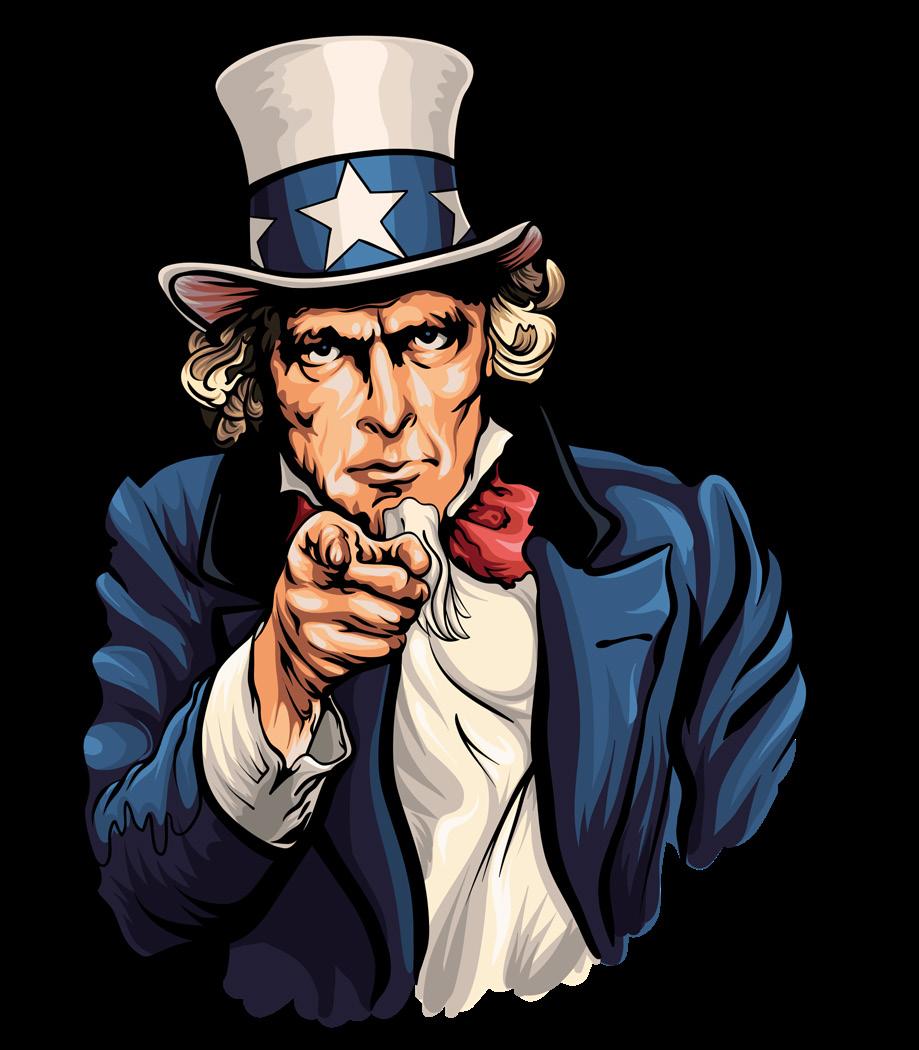
THANK YOU FOR CONSIDERING BECOMING A POLL WORKER!
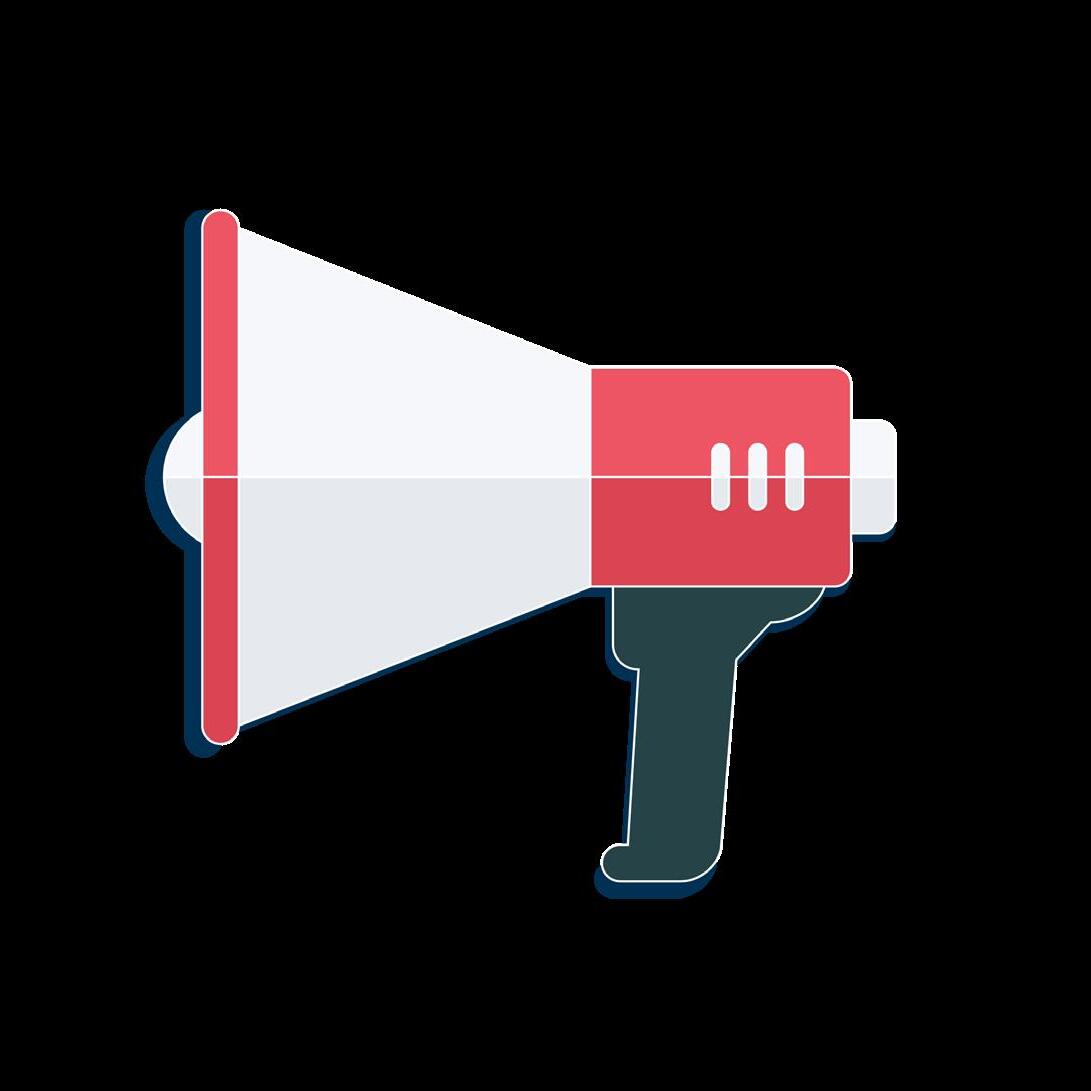
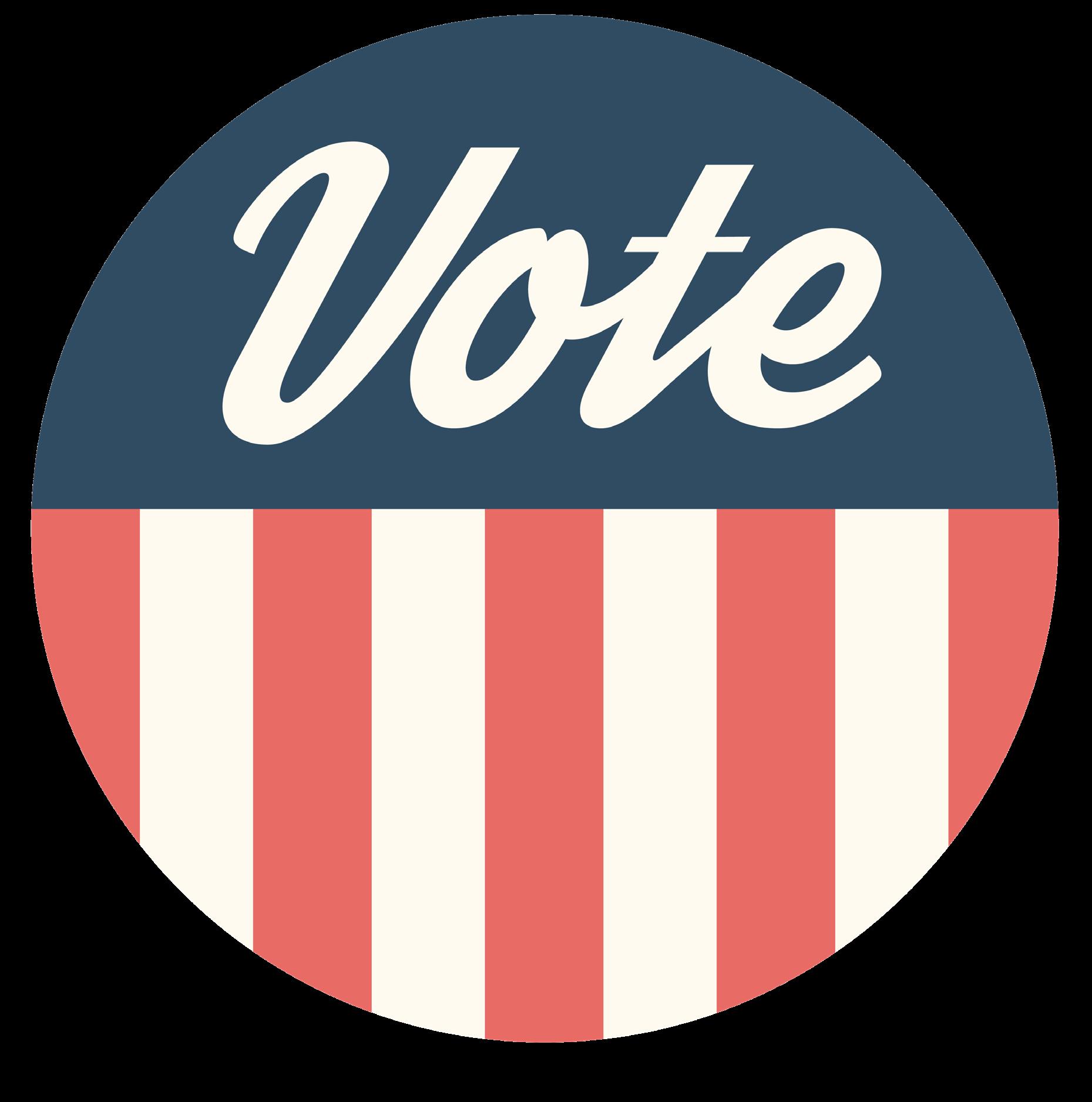
MAILING ADDRESS: Disability Rights New York, 279 Troy Road, Ste 9, PMB 236, Rensselaer, NY 12144
DRNY is supported at taxpayer expense by the U.S. Department of Health & Human Services, The Administration for Community Living; Center for Mental Health Services, Substance Abuse & Mental Health Services Administration; U.S. Department of Education, Rehabilitation Services Administration; and, the Social Security Administration. This publication does not represent the views, positions or policies of, or the endorsements by, any of these federal agencies. FOLLOW US:






www.drny.org
